Household Cavalry horses recovering from London rampage may see out their days at world’s oldest equine charity that was inspired by Black Beauty
A leading charity has offered to rescue the injured Household Cavalry horses that escaped on Wednesday if they are unable to return to military service.
Vida and Quaker, two of the five horses that raced through London, are said to have been ‘seriously injured’.
The horses were startled as they rode through Wilton Crescent in Belgravia at 8.40am on Wednesday after hearing a loud sound of concrete hitting the ground.
Five people, including three soldiers riding the horses, were injured in three separate incidents during the six-mile rampage that lasted two hours.
Vida, the blood-soaked gray-haired man seen running down Fleet Street with Trojan, underwent surgery for injuries consistent with ‘severe lacerations’ and is now recovering at Hyde Park Barracks.
Vida was seen walking the streets of London in terrifying scenes on Wednesday morning
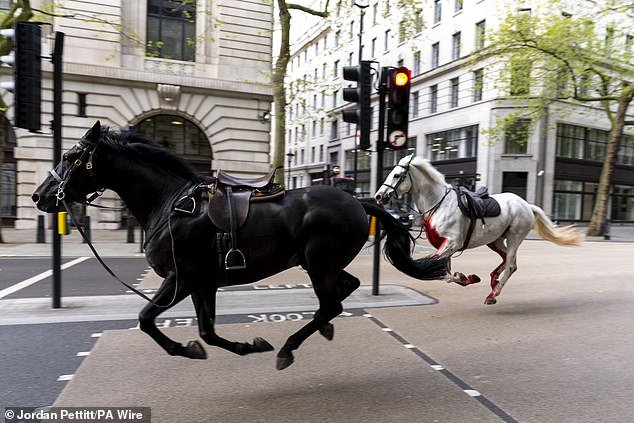
Vida (white horse) and Trojan (black horse) on their rampage through London after being ‘shocked by builders moving rubble’ are in ‘serious condition’
A military source told The Sun that things were ‘not looking good’ for the dark horse Quaker.
Although the Ministry of Defense has not provided an update on whether they will return to work, Britain’s oldest equine charity, the Horse Trust, has offered them accommodation if they are unable to do so.
The Horse Trust was founded in 1886 by Miss Ann Lindo, inspired by the story of Black Beauty.
In the beginning, the charity employed retired horses to be used as London’s overworked taxi horses.
Speak with The independentDirector of Fundraising and Communications Jessica Tallman said: “If the decision were made for them not to return to work, we would always welcome them into the care of our charity.
‘The Horse Trust are experts in the research and care of service horses, and we have many retired military horses in our sanctuary.’
In 2021, a retired cavalry horse named Empress, born in June 1999 and retired from training in June 2004, was taken in by The Horse Trust.
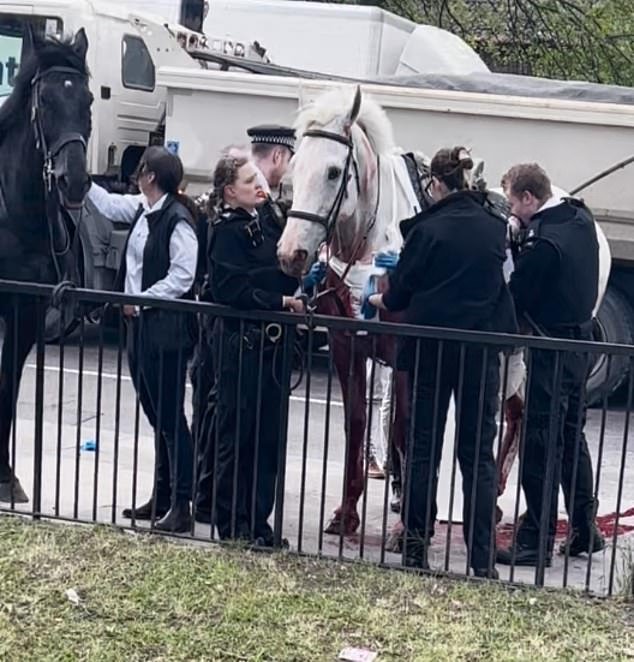
The final two horses were eventually captured outside the Glamis Estate in Limehouse
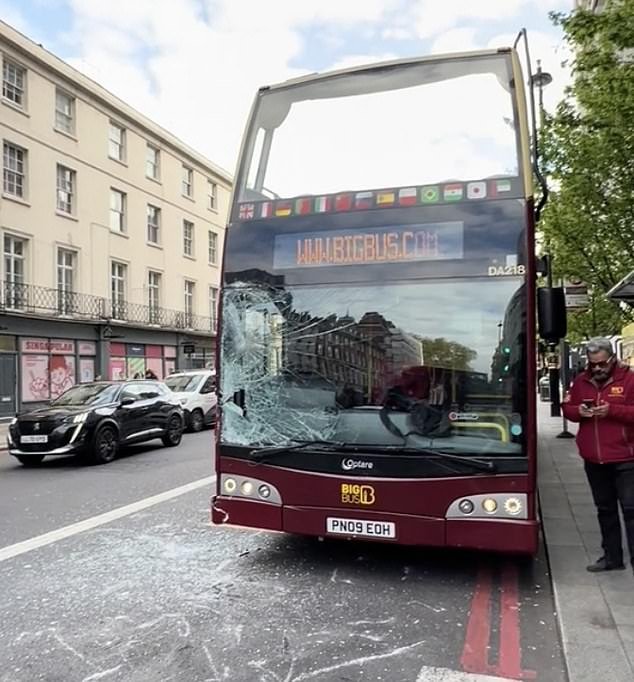
Tennyson was the horse that crashed into a double-decker bus and shattered the windshield
She was a firm favorite among soldiers and horsemen and was part of some of the country’s most high-profile events, including royal weddings.
Most military workhorses retire to carefully screened, loving families or farms and enjoy their new lives as hunters or hack ponies.
They also sometimes spend their days peacefully with former soldiers who have built a strong bond.
Captain Skip Nicholls, riding master at the Household Cavalry Mounted Regiment, explained: ‘Most military workhorses will serve a career of eighteen years.
‘It’s not hard work, but they do have to carry a lot of weight with all those ceremonial uniforms, and we will never put so much strain on a horse that he can no longer perform at top level.
“We want them to retire with some quality life left in them so they can enjoy a happy retirement of five to 10 years in a nice home.
‘The Horse Trust takes over about twenty-five horses every year from the police and the army.
“They take our oldest, our wildest and our dearest into our hearts.
‘The Horse Trust is fantastic. We would like them to buy more fields so they can take more animals, but unfortunately it only comes down to acreage. They will not compromise on standards.”
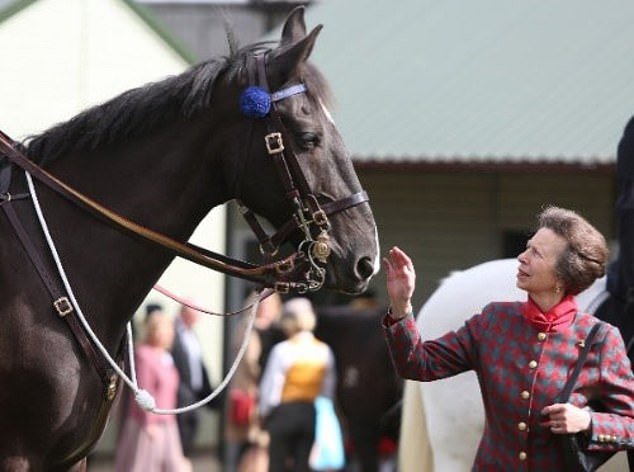
The Horse Trust takes over around twenty-five horses every year from the police and army. The Princess Royal announces that the house was renamed The Horse Trust in 2006
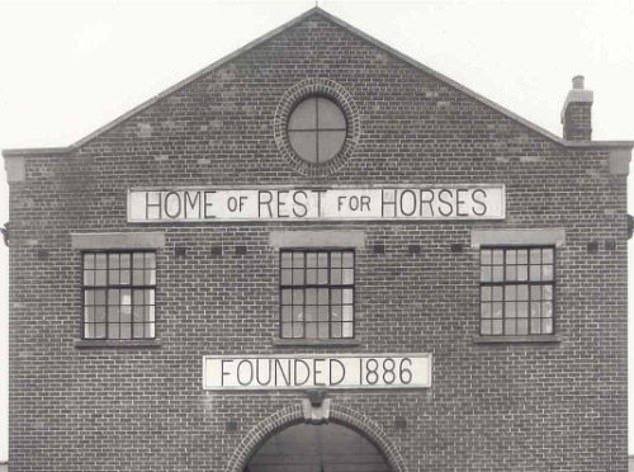
The Horse Trust was founded in 1886 by Miss Ann Lindo, inspired by the story of Black Beauty
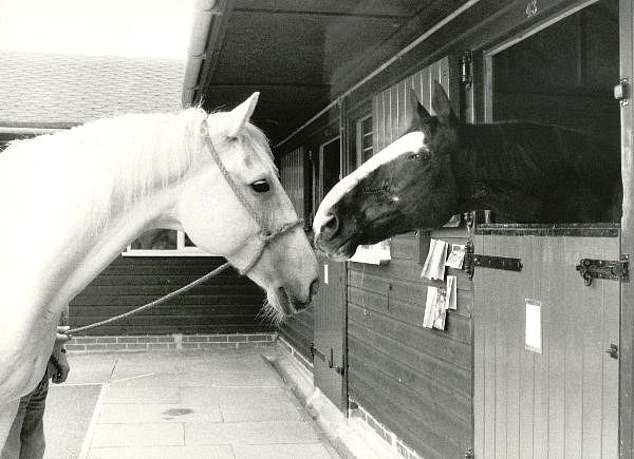
Pictured are two of the three surviving horses from the Hyde Park and Regent’s Park bombings at the sanctuary
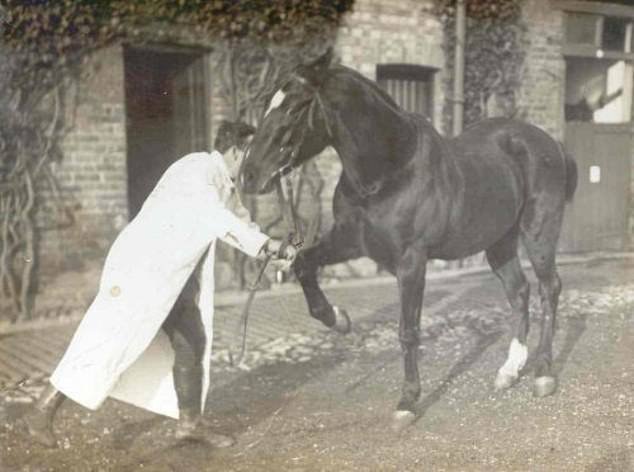
During World War II, the Home of Rest becomes a wartime horse hospital, caring for animals injured in air raids
The military has a database of all its horses and when the time comes to retire, people can bid to buy a horse.
A prospective owner is checked to ensure that their property is safe and sanitary and that the animal is assured of good care for life.
But there are no private homes for every horse, and that’s where charity comes in.
Jeanette Allen, chief executive of the Horse Trust, said: ‘Working horses are now the equine equivalent of the civil servant.
‘Seventy-five percent come from government jobs, where working in the police or army is owned by the state.
‘But unlike civil servants, they do not receive a pension when they retire, so we are stepping forward and offering these special animals the pension they deserve.
“It’s like the Royal Hospital Chelsea for army horses.”
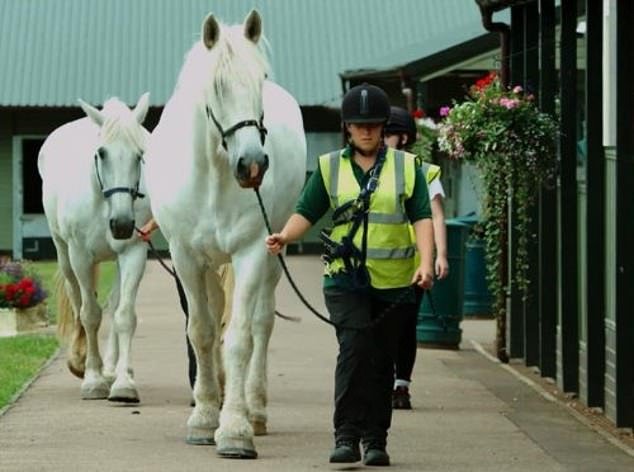
The military has a database of all its horses and when the time comes to retire, people can bid to buy a horse. The Horse Trust during the COVID crisis in 2021
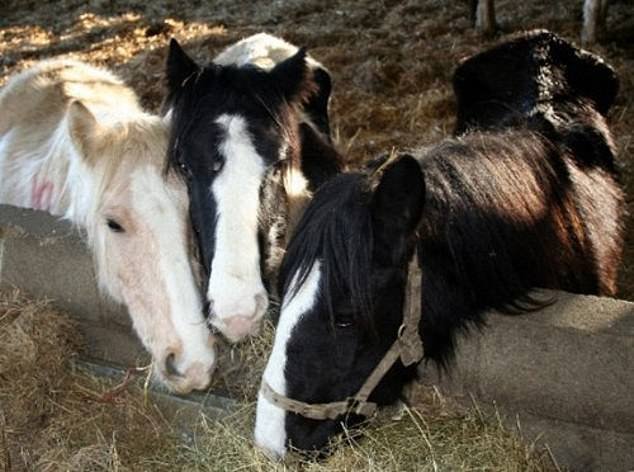
Horses in recovery at the Horse Trust. The charity is highly regarded for its care for animals
The military named four animals that broke loose Wednesday as Vida, Trojan, Quaker and Tennyson.
At least two of the horses that required surgery may never return to active duty.
According to a minister, they are in a serious condition.
Defense Secretary James Cartlidge told Sky News: ‘There were five horses. They have all been found.
‘Three of them are doing well, two of them are unfortunately in a relatively serious condition and of course we will monitor that condition.
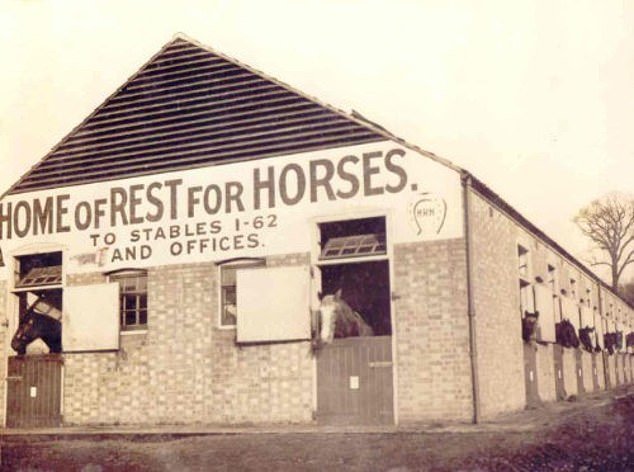
Pictured in 1908, the new center for the Horse Trust at Westcroft Farm, Cricklewood
“They are in serious condition, but from what I understand they are still alive.”
Army tops told MailOnline that the horses received the best possible treatment from military vets, which saved their lives.
A spokesperson told MailOnline: ‘Be in no doubt: had these not been military horses their chances of survival would have been significantly reduced.’
An army spokesman told MailOnline: ‘We hope both horses recover. Whether they will recover sufficiently to return to their official duties, it is still too early to know for sure.
“But they received the best possible veterinary treatment and if they hadn’t been in the military I don’t believe they would have gotten this far.
‘Vida was the most visibly injured and the pictures of the horse running through London drenched in blood were horrifying. Vida underwent surgery last night and is currently under observation in the stables at Hyde Park Barracks.
‘Quaker is the most seriously injured and was also operated on overnight, but the decision was made to move the horse to an equine hospital in the early hours.
‘The extent of the injuries is not entirely clear, but we do not believe there are any broken bones at this time. The injuries are consistent with serious lacerations.”
